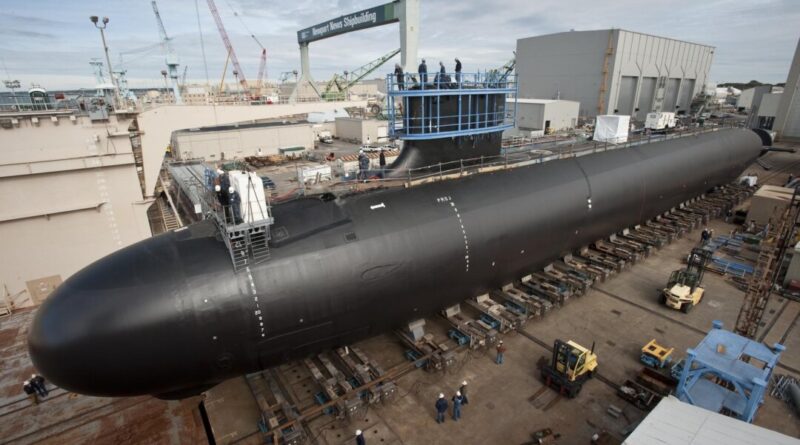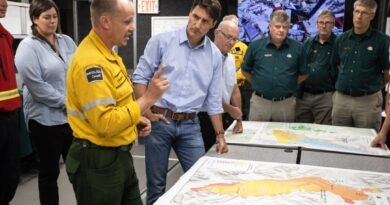Australia’s Access to AUKUS Submarines Uncertain After Alternative Plan Proposed to Congress
Several factors contribute to the potential non-execution of the AUKUS deal, including Australia’s lack of shipbuilding capacity and reluctance to blindly support the US in regional conflicts.
One scenario proposes that instead of receiving three to five promised nuclear-propelled Virginia-class submarines, the US might opt to operate up to eight of its own vessels from Australian ports.
This alternative plan suggests that Australia would invest in other American-made defence technology, as outlined in a report presented to Congress by the US Congressional Research Service.
The report criticizes the lack of a thorough comparative analysis to determine if nuclear submarines would be a more cost-effective defense resource option compared to alternatives.
The primary obstacle to the US fulfilling its commitments is its limited capacity to build nuclear-propelled submarines quickly.
Efforts are being made to increase production to two subs per year by 2028, but challenges in the shipyard and supply chain have caused delays and a backlog in production.
The Navy’s request for additional Virginia-class submarines by 2025 adds further pressure on the situation.
AUKUS enjoys support from defense and navy testimonies, with arguments that procuring two submarines would strengthen the industrial base and signal resolve against potential adversaries like China.
However, concerns persist regarding Australia’s stance on conflict involvement and nuclear weapons possession.
Overall, uncertainties about construction capacity and Australia’s strategic decisions have led to doubts about the Pillar One of AUKUS moving forward.
Alternative proposals include operating US Navy submarines from Australian ports to bolster alliance solidarity and investing in other military equipment instead.
The decision on whether to explore these alternatives lies with Congress, based on a report authored by naval analyst Ronald O’Rourke.



